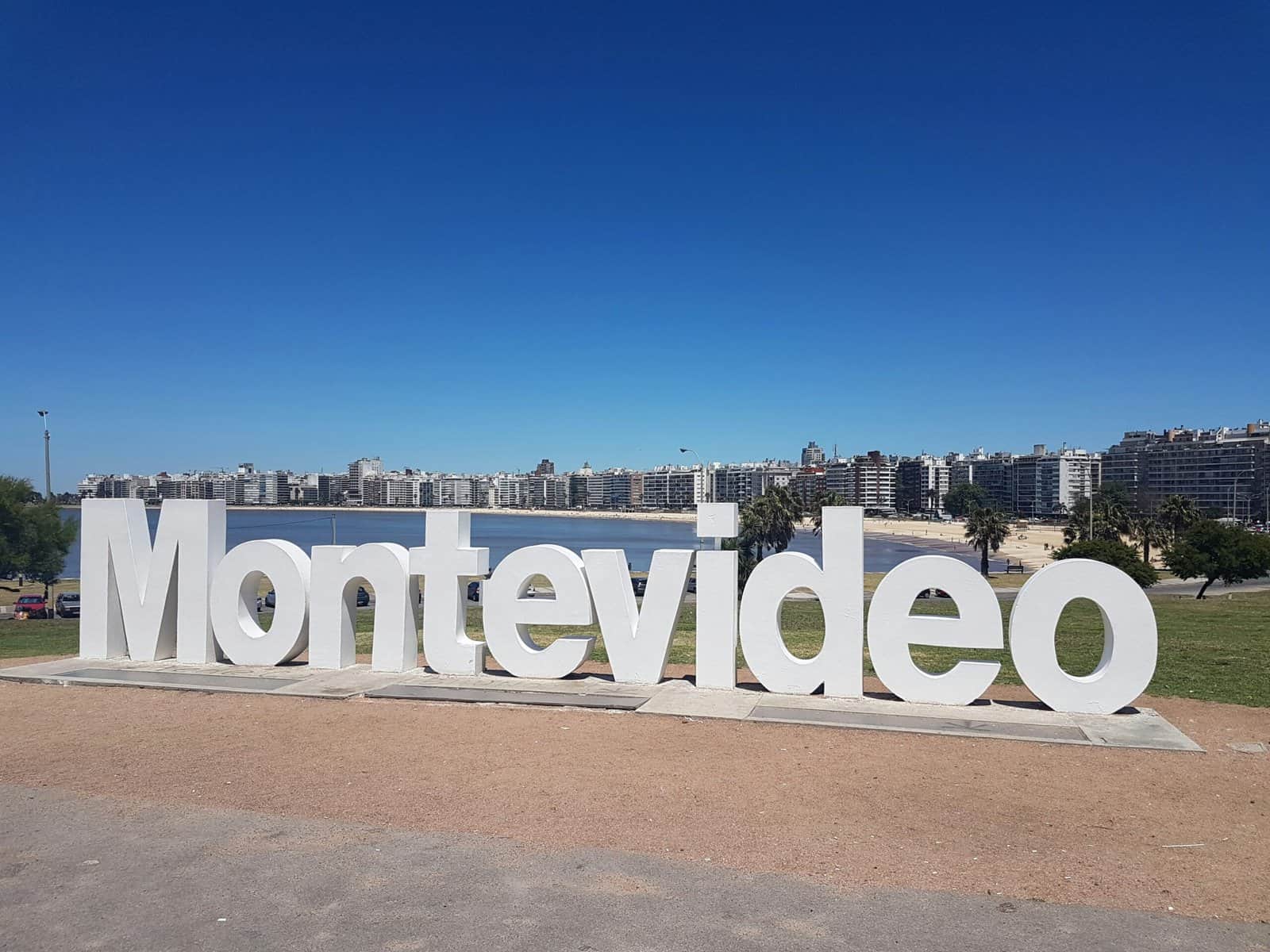
Is A Day Tour To Montevideo From Buenos Aires Worth Doing?
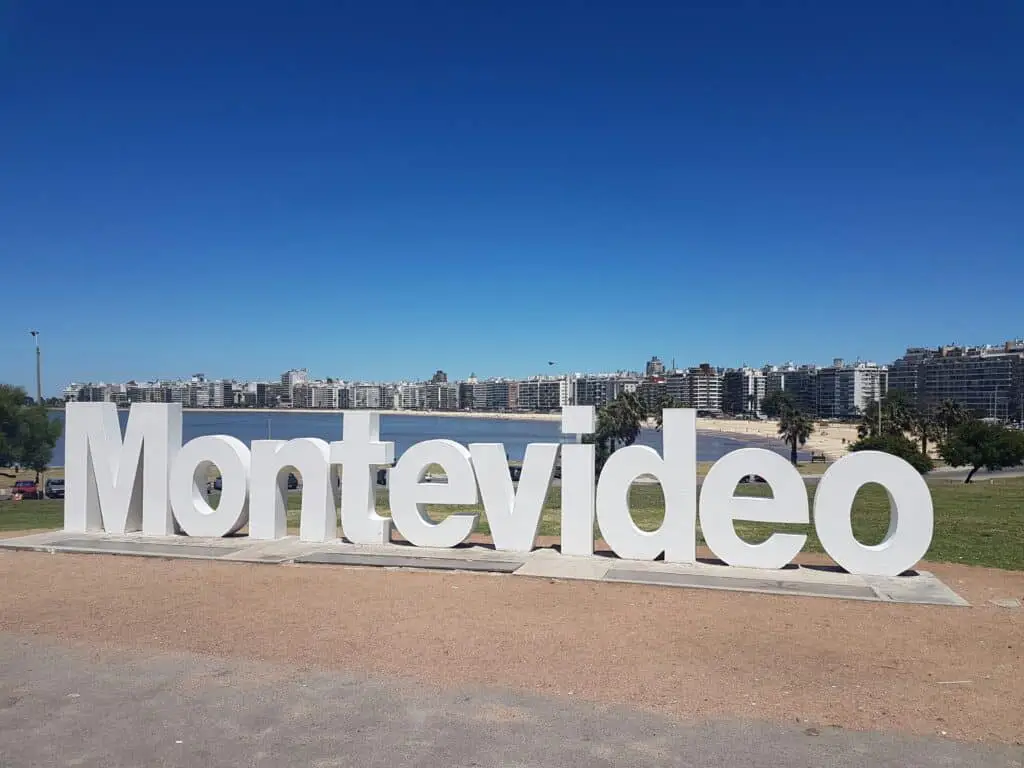
This “Is a day tour to Montevideo from Buenos Aires worth doing?” blog post contains affiliate links to two recommended tours. If you make a purchase using one of these links, Inspired Travel Hacks may receive compensation at no extra cost to you.
If you’re planning on spending time in Buenos Aires, incorporating a day trip to Uruguay’s capital, Montevideo, into your itinerary is very feasible. Adding another pin to your map, the prospect of a quick jaunt to a neighbouring capital is a tantalising option to consider. Plus there is a great one-day tour that offers an easy way visit to this capital city.
However, the question often arises: is a day tour to Montevideo from Buenos Aires worth doing, given you are there for such a short time. As someone who has done this one day tour, I aim to give you an in-depth look at what a day tour to Montevideo has to offer and to answer this very question. So let’s get started.

Travel & Logistics
There are a number of travel options that get you from Buenos Aires to Uruguay that suit all budgets: bus, ferry and airplane. However, if you opt for a one day tour then your journey will include taking the direct Buquebus ferry from the Puerto Madero terminal in Buenos Aires to Montevideo. This port is where the ferries between Argentina and Uraguay operate, with Buquebus being the main ferry operator.
Your one day tour will include a central Buenos Aires hotel pickup (and return) to the Puerto Madero terminal and a return ferry ticket in economy.
The Buquebus ferry from Buenos Aires provides a scenic and comfortable experience to travel to and from Montevideo.
Upon arrival at the Buenos Aires terminal, you need to check in at the desk, presenting your passport and ticket documents. It is important to arrive early, at least two hours to get through the departure process, just like traveling by plane.
The ferry does have business and first class seating areas, so if you wish, you can always enquire about upgrading your seat at the checkin-desk.
After checking in, you’ll have time to grab a coffee/some breakfast at a cafe after you go through security and immigration/passport control, before boarding the ferry.
When boarding the ferry you will be provided with shoe covers to put on. A simple yet effective measure that helps keep the decks and passenger areas free from dirt and debris. This actually sets a really respectful tone for the journey ahead, ensuring that the passage across the Rio de la Plata is enjoyable and comfortable for everyone involved.
The Buquebus ferry has two floors for passengers, depending on your ticket class and each area has a cafe serving food and drink. There is also a duty-free shop onboard. The direct journey takes around 2.5 hours.
When the ferry arrives in Montevideo, the disembarkation process of passengers is pretty quick and you will go through the immigration/passport control area.
Coming out of the ferry terminal you will see a number of tour buses and vans waiting. Simply find your tour, which will be signposted) and jump on board to start your sightseeing day tour.
Therefore, by taking a day tour, you can see that all logistics from ferry to land are handled for you.
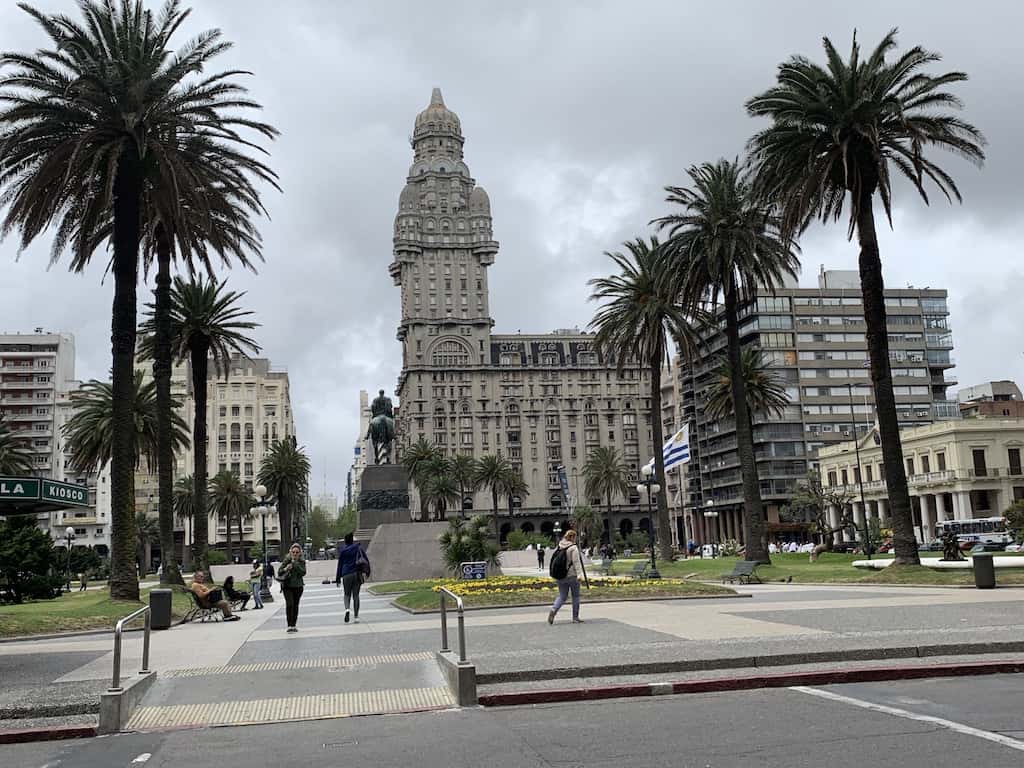
What You Will See On Your Day Tour
When boarding the tour bus, your day tour will begin with your tour guide welcoming you to Montevideo and will continue to provide you with information about Uruguay’s history and culture throughout the day.
The tour will cover key parts of the city including the old town and riverfront area. Key things you will see include:
Palacio Legislativo – This impressive building houses Uruguay’s legislative power, stands as a symbol of the country’s political history and architectural beauty.
Avenida 18 de Julio – Lined with shops, restaurants, and historical buildings. It’s the vibrant place and the heart of the city’s culture and daily life.
Plaza Independencia – Located at the end of Avenida 18 de Julio, this significant landmark marks the transition between downtown Montevideo and the Ciudad Vieja (Old City). The plaza is home to the statue of Uruguay’s national hero, José Artigas.
Ciudad Vieja – The oldest part of Montevideo, is a fascinating area known for its colonial architecture, cobblestone streets, and cultural heritage sites.
Mercado del Puerto – Located in Ciudad Vieja, is a culinary landmark offering a wide variety of Uruguayan cuisine, especially its famous barbecue or ‘asado’. It’s an essential stop for food lovers.
El Prado – An expansive park in Montevideo, known for its lush green spaces, botanical gardens, and rose gardens.
Parque Batlle – Home to several sports stadiums, including the Estadio Centenario, a monument to football and the site of the first FIFA World Cup.
Rambla de Montevideo – Is a picturesque promenade and beach area that stretches along the river coastline, offers breathtaking views of the Rio de la Plata.
Shopping Mall – This tour finally stops at a very large shopping mall in the Buceo neighbourhood. Here you can grab some food as well as chance for some final shopping before you head back to the ferry port and back to Buenos Aires.
Experience Local Flavours
This tour will include two stops where you can experience the food and drink of Uruguay.
The tour includes lunch at “El Fogon” restaurant. This establishment is known for authentic Uruguayan barbecue. Lunch is included in the price of the tour (drinks are paid separately). The food and service are both very good and it is a good time to get to know your fellow travellers.
The second is the Mercado del Puerto. Housed in an iconic structure and is renowned for its vibrant atmosphere, where you are greeted by the enticing aromas of wood-fired grills (parrillas). It’s a haven for foodies, especially if you like meat asado style, which is a traditional barbecue. Beyond the famed steaks, you can indulge in local specialties such as chorizo, and pamplonas (a dish of chicken or pork that is stuffed and grilled). Here you can also enjoy a glass of fine Uruguayan Tannat wine. Tannat being the country’s flagship grape variety.
Furthermore, the Mercado del Puerto is a great place for picking up some souvenirs, including gourmet food, leather goods and kitchenware.
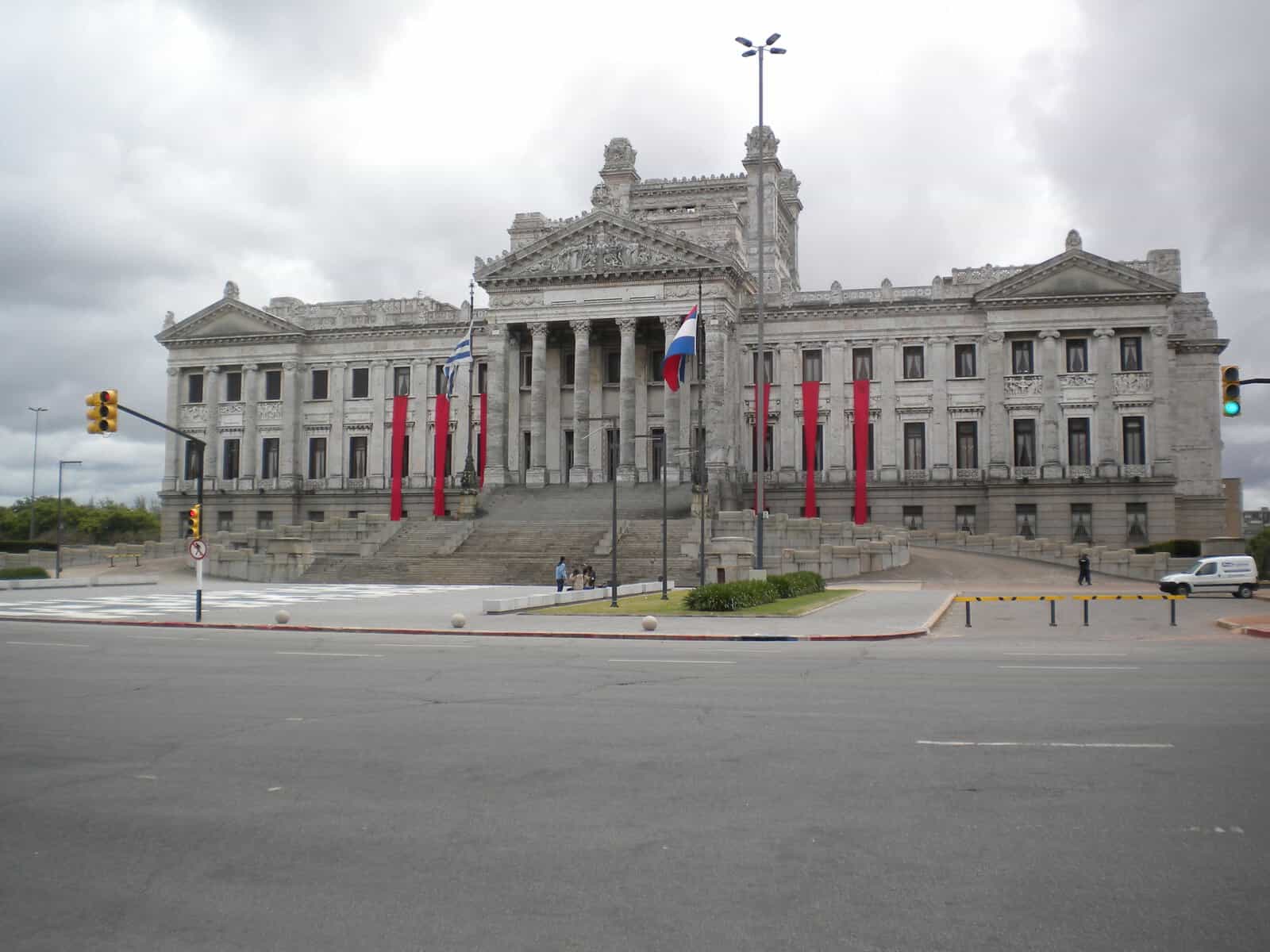
Pros & Cons On A Day Tour From Buenos Aires?
| Pros | Cons |
|---|---|
| Country Experience Regardless of the time spent, you will be experiencing a trip to another country (and capital city). | Time Constraints One of the drawbacks of this tour is the limited time. Montevideo has much to offer, and one day may not feel enough. |
| Comfort & Convenience This tour is designed to maximise your experience, covering significant landmarks without the hassle of planning and navigating on your own. This means you can sit back and enjoy the scenic ride (and rest) across the Rio de la Plata and make the most out of your visit to Montevideo without worrying about logistics. | Cost Considerations: While convenient, organised day tours can be more expensive than planning the trip independently. The cost of ferry tickets, coupled with tour fees, can add up, making it a significant investment for just one day. This may not offer the best value if you are on a tight budget or if you are looking for a more in-depth exploration of Montevideo. |
| Cultural Enrichment Although the trip is short, you will still enjoy and receive an insight to the country’s heritage and lifestyle. The most important thing to remember is you can always come back and spend time on the things that really caught your attention. | Travel Fatigue It will be a long day and depending how much of a busy itinerary you have in Buenos Aires (and Argentina) this could be too much. |
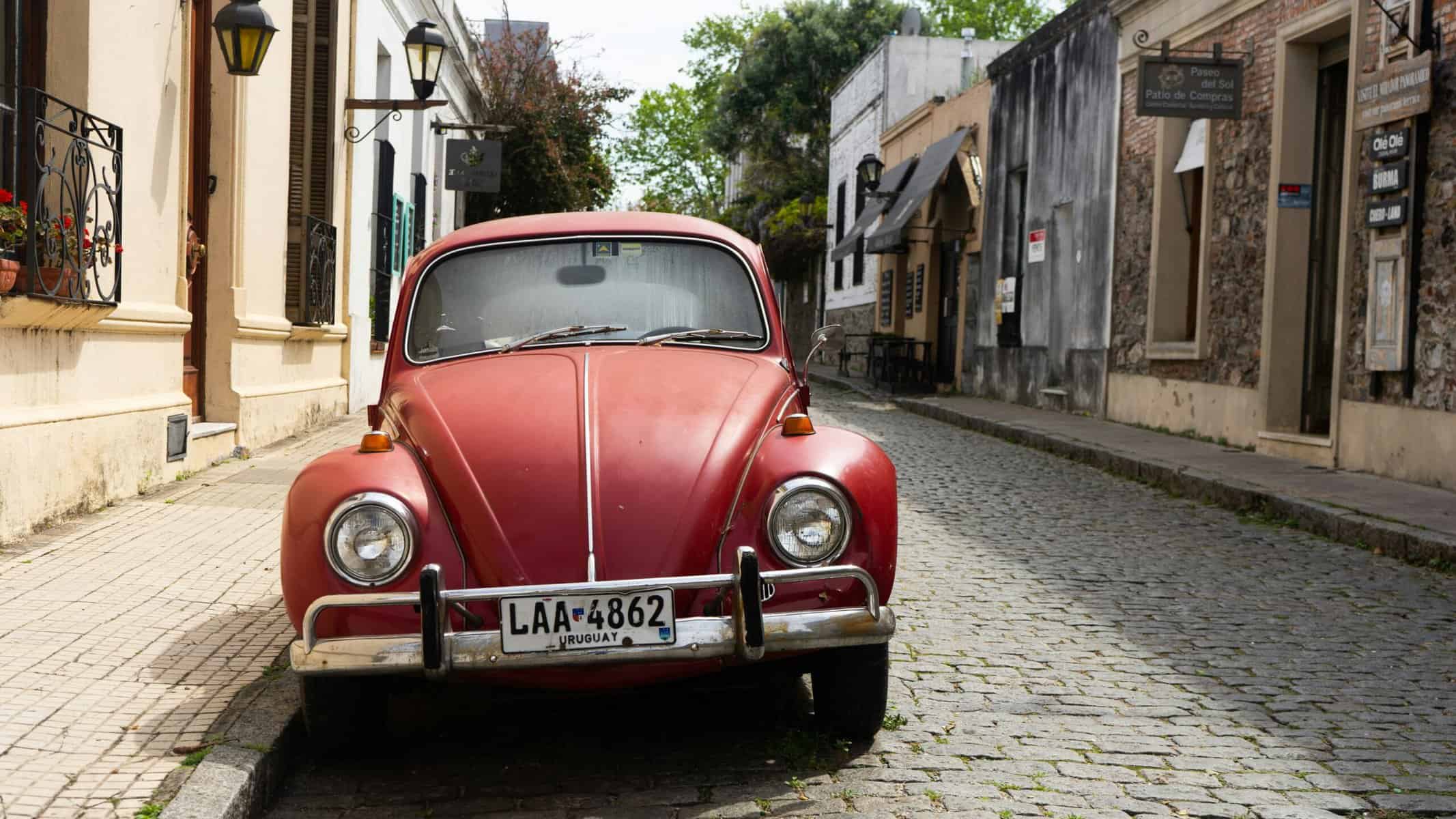
An Alternative To Montevideo – Colonia Del Sacramento
If you still want to visit Uruguay, but reduce your travel time, then Uruguay has a very popular alternative, which is a day tour to Colonia Del Sacramento; again from Buenos Aires.
Colonia del Sacramento, nestled on the southwestern tip of Uruguay along the Rio de la Plata, is a city founded in 1680 by the Portuguese. This city has a harmonious blend of Spanish and Portuguese influences, evident in its buildings, streets, and plazas, making it a unique cultural gem. Recognised as a UNESCO World Heritage Site, Colonia’s historic quarter is filled with charming colourful houses, quaint cafes, and serene waterfront views. Colonia is a great place to go if you want to break from a busy city, as it has a much slower and laid-back atmosphere compare to Montevideo and Buenos Aires.
The travel logistics are the same as going to Montevideo however the journey on the Buquebus ferry is much shorter (around 1 to 1.5 hours).
This small group day trip from Buenos Aires offers a comprehensive and enriching experience and covers all the key attractions of Colonia. These include:
Historic Quarter – Here you’ll experience the heart of Colonia, recognised as a UNESCO World Heritage Site, that showcases a blend of Spanish and Portuguese colonial architecture.
Colonia’s skyline – Including the lighthouse, offering panoramic views of the city and the River Plate.
The Basilica of the Holy Sacrament – With its striking architecture and Portuguese influence.
Plaza Mayor & Surrounding Streets – The central square and focal point of life in Colonia, surrounded by museums, art galleries, and craft shops.
Puerta de la Ciudade – The city gate and wooden drawbridge.
The tour will also provide you free time to explore and to eat and drink.
Overall, this day trip from Buenos Aires to Colonia del Sacramento is thoughtfully curated to include key highlights and to ensure that your tour encapsulates the essence of what makes Colonia a worthwhile destination.
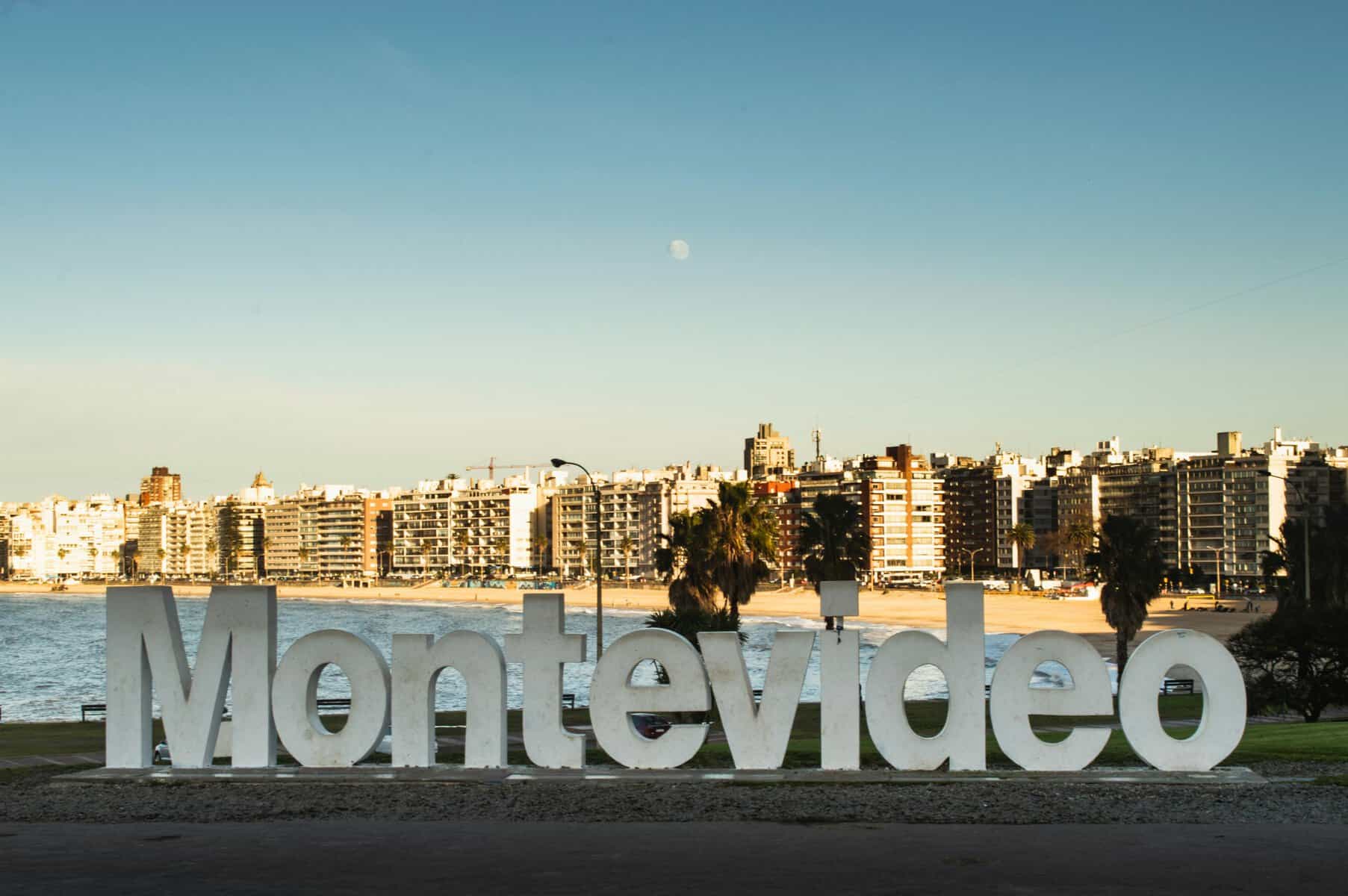
So To Wrap Up, Is A Day Tour To Montevideo From Buenos Aires Worth Doing?
With all this in mind, we return to our question: is a day tour to Montevideo from Buenos Aires worth it? If you are thirsting for diversity and have a day available then a day tour spent it Montevideo is definitely worth doing. I have found that this day, although long, will complement your time in Buenos Aires really well.
However, if you still fancy a jaunt to Uruguay and want a shorter journey, then opt for a tour day to Colonia Del Sacramento.
Further FAQS:
Is Montevideo More Expensive Than Buenos Aires?
Uruguay is considered the second most expensive country in South America. While Montevideo might be pricier than Buenos Aires, planning your visit with a budget in mind can help manage expenses effectively. All costs apart from additional snacks and drinks (and any other personal items you want to buy) are covered in your tour ticket.
What currency is used in Uruguay, and should I exchange money before I go?
Uruguay’s currency is the Uruguayan Peso (UYU). While some places may accept US dollars, it’s advisable to exchange some money into pesos for small purchases. Many establishments also accept credit cards.
Can I use Argentine Pesos in Montevideo?
While some businesses may accept Argentine Pesos, it’s advisable to exchange some money into Uruguayan Pesos for small purchases. This ensures smoother transactions and often better exchange rates compared to on-the-spot conversions.
What language is spoken in Uruguay?
Like Argentina, the official language is Spanish. While English may be spoken in tourist areas, having basic Spanish phrases at hand will enhance your experience.
What are the safety considerations for a day trip to Montevideo from Buenos Aires?
Montevideo is generally considered safe for travellers. However, as in any city, it’s wise to stay aware of your surroundings, especially in crowded places. Keep valuables secure and avoid displaying expensive items unnecessarily.
How reliable is the Buquebus ferry service?
The Buquebus ferry service is considered a dependable choice for travelling between Argentina and Uruguay. Not only is it really reliable service but the ferry alway offers a straightforward and comfortable way to get from one country to the other.
Do I need a visa to visit Uruguay?
Visa requirements depend on your nationality. Citizens of many countries do not require a visa for short visits to Uruguay. Always check the latest visa requirements before making any arrangements.
What should I pack for a day tour to Montevideo?
Pack light but bring essentials such as a passport, visa (if required), money, credit cart, sunscreen and comfortable walking shoes. Dress in layers as you are out for the whole day and consider packing a raincoat or umbrella just in case. (Try and check the weather the day before your visit).
What is the time zone difference between Argentina and Uruguay?
There is no time difference between Uruguay and Argentina. Both countries are in the same time zone, meaning that when planning and preparing for your day trip you don’t need to adjust for any time difference.
What are the must-try foods in Uruguay?
Do not miss out on trying the traditional Uruguayan barbecue, or “asado,” and the national sandwich, “chivito.” For dessert, “dulce de leche” treats are a must-try.
If you are visiting Argentina, one of the best things to visit is the majestic Perito Moreno Glacier. Read my in-depth guide on “The Best Ways To Visit Perito Moreno Glacier“.

